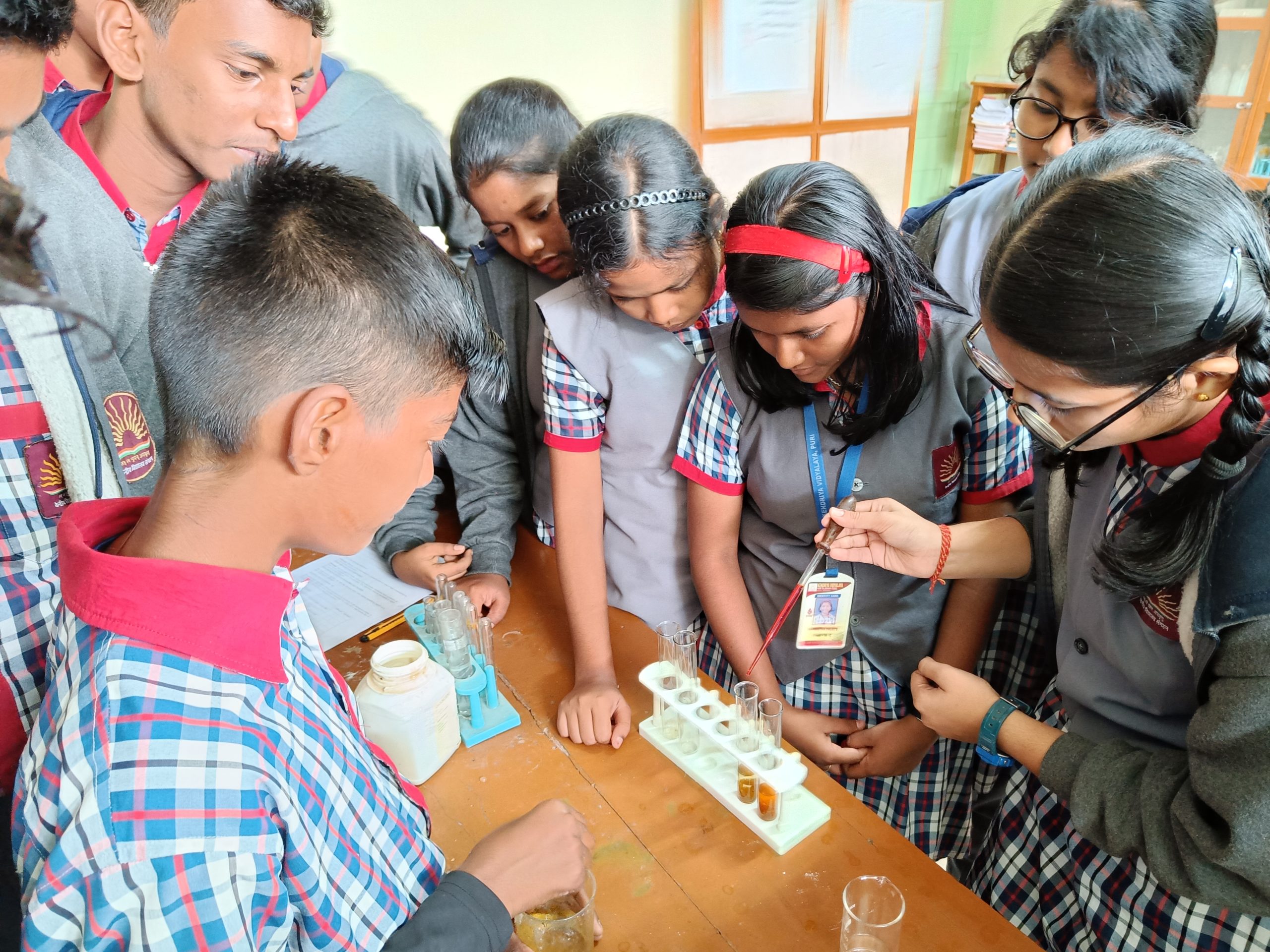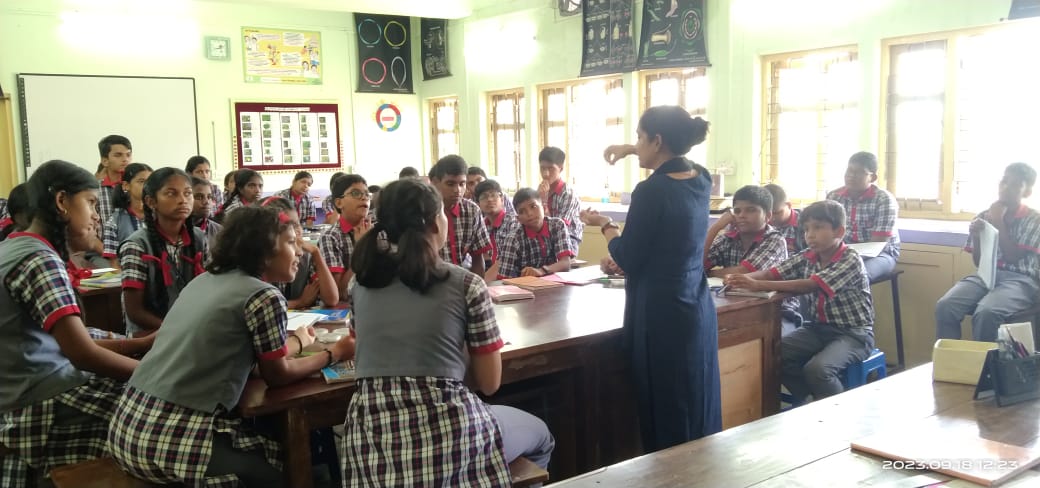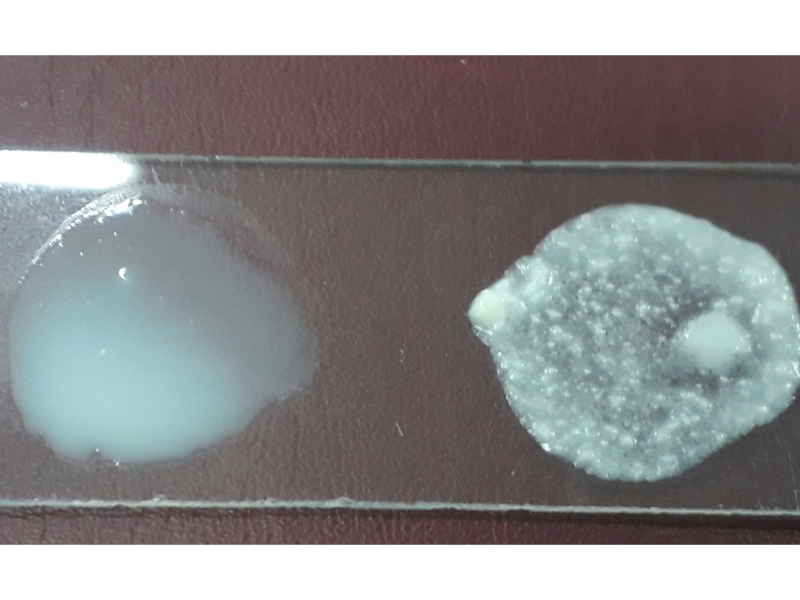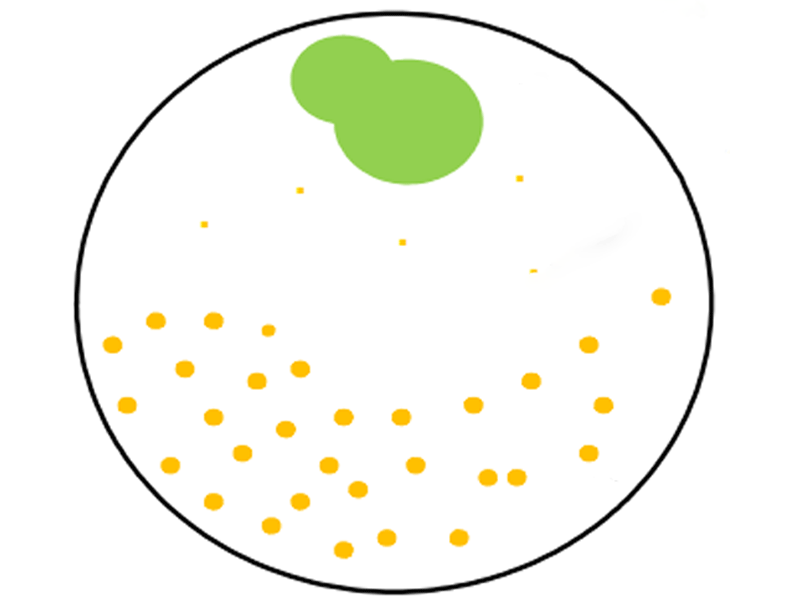Have you seen the process of curd formation at home? You might have also tried doing it yourself! Have you ever wondered, why we always need to add that small amount of curd to milk so that milk turns into curd? Can the same process be done using lemon juice? How can one differentiate between spoiled milk and curd? How can milk be transported to long distances without getting spoiled? In this learning unit, you would study curd formation from milk under different conditions and hence, try to understand what exactly changes when milk turns into curd. At the end of the unit, you should be able to come up with the best combination of conditions which would favor curd formation and also convert milk into curd in very little time.
The Journey from Milk to Curd
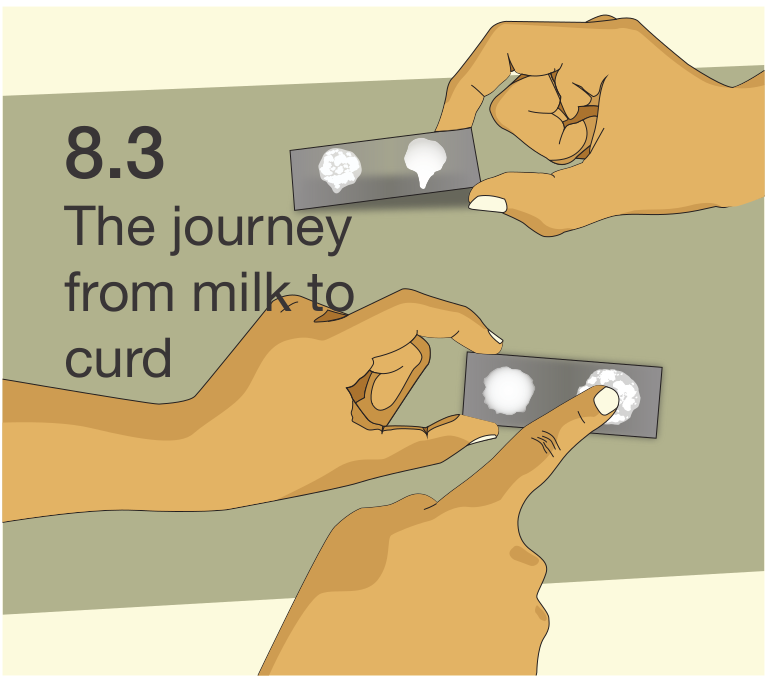
Description
Materials Required
For one setup (a group of 3-4 students): 200 mL Milk (fresh), 20 mL curd (prepared at home), sodium bicarbonate, lemon juice, dilute acid (HCl or vinegar), baker’s yeast, beakers, glass rod, glass slides, thermometer (0°C to 100°C) , gas burner or electric hot plate, refrigerator or ice (if available).
Download PDF in
Tags : milk-to-curd
© Copyright 2022 Vigyan Pratibha
Website mantained by HBCSE-TIFR

